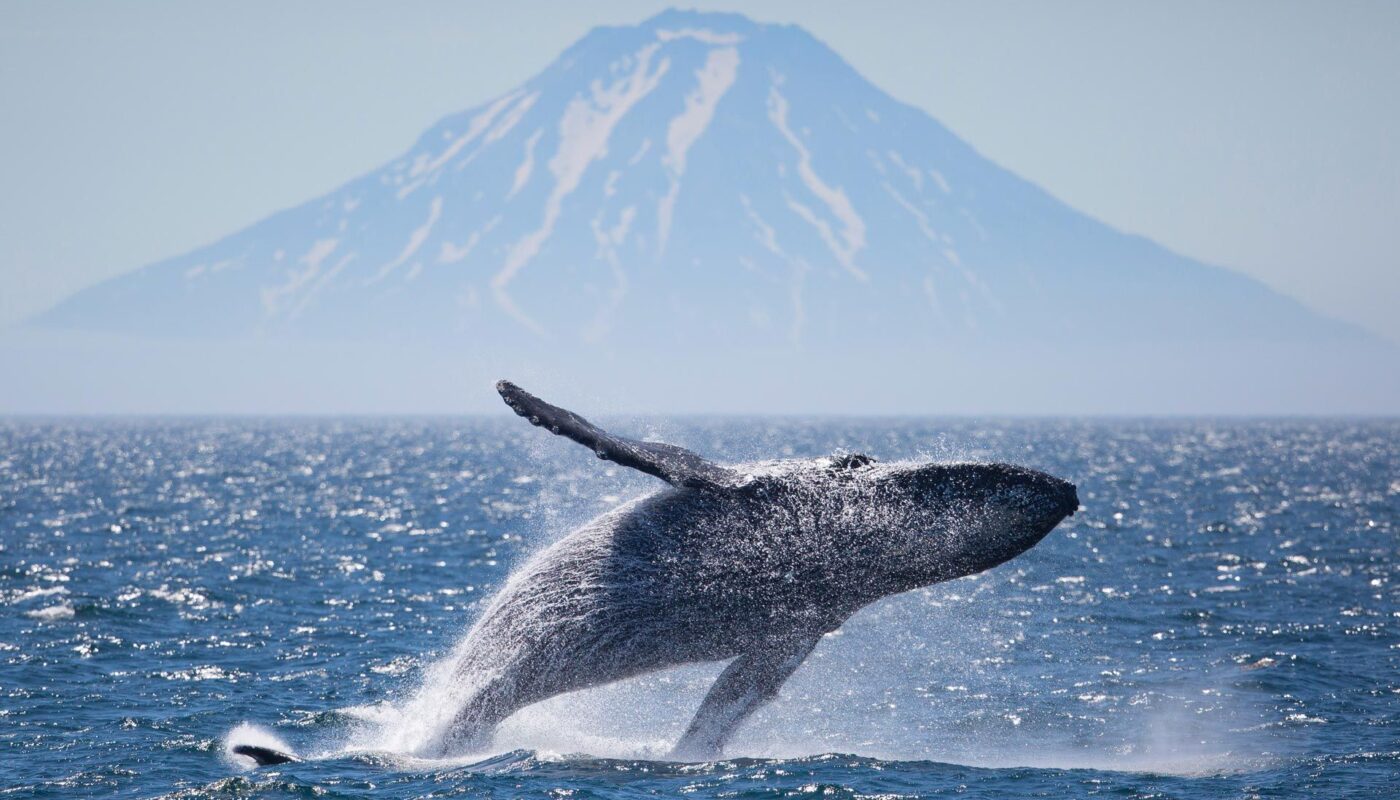A recent study conducted by the Museums Victoria Research Institute has revolutionized our understanding of whale evolution, particularly in relation to baleen whales. Previously, it was believed that the evolution of massive baleen whales began around 3 million years ago in the Northern Hemisphere, coinciding with the onset of the Ice Age. However, the new research reveals that these evolutionary changes occurred as early as 20 million years ago in the Southern Hemisphere, completely altering our understanding of this process.
The groundbreaking findings were published in an open-access paper titled “Giant baleen whales emerged from a cold southern cradle” in the Proceedings of the Royal Society B. The study was co-authored by Dr. James Rule from Monash University and the Natural History Museum, London, and Dr. Erich Fitzgerald from the Museums Victoria Research Institute. Collaborating with a team from Australia and New Zealand, the researchers demonstrate how whales evolved into enormous sizes first in the Southern Hemisphere, rather than the Northern Hemisphere, and have maintained larger body sizes in the South for the entirety of their evolutionary history, spanning approximately 20-30 million years.
This paradigm-shifting discovery was made through the examination of a fossil specimen housed in the Museums Victoria collection. The specimen, which consists of the front end of the lower jaw of an ancient whale between 21-16 million years old, was discovered in 1921 on the banks of the Murray River in South Australia. While the fossil remained largely unnoticed in the collection for decades, it was only in recent years that Dr. Fitzgerald recognized its significance as the largest baleen whale known to have existed during that time period.
The researchers found that the size of the tip of the baleen whale jaw is proportional to body size. Based on their analysis, they estimated the length of this particular baleen whale to be approximately 9 meters, already a significant size considering that the blue whale, the largest living whale species today, reaches lengths equivalent to a basketball court. The Murray River whale, dating back 19 million years, was already about one-third the size of a modern blue whale. Consequently, it is evident that baleen whales were well on their way to evolving into the gigantic creatures we know today.
The study suggests that various factors, including the dramatic freezing of Antarctica, changes in ocean currents, and a surge in plankton biomass, facilitated the evolution of colossal whales in the Southern Hemisphere long before they reached massive sizes in the Northern Hemisphere. Moreover, the research highlights the significance of the Australian and wider Southern Hemisphere fossil record in uncovering the global picture of whale evolution. Previously, the prevailing hypothesis was based on fossils predominantly found in the Northern Hemisphere, but the discovery of the Murray River whale fossil disrupts this theory and emphasizes the need to consider the role of Southern Hemisphere fossils in understanding whale evolution accurately.
The Museums Victoria Research Institute, which houses Australia’s largest collection of whale fossil specimens, plays a crucial role in advancing our knowledge of whale evolution. The institute intends to further investigate other whale fossil items in its collection through ongoing projects, such as Raising Leviathan, which seeks to involve citizen scientists in the extraction of the largest fossil ever found in Melbourne—an unidentified species of whale located in Beaumaris.
Lynley Crosswell, the CEO of Museums Victoria, asserts that these novel findings redefine the history of whale evolution and demonstrate the institute’s commitment to cutting-edge research. The Melbourne Museum, the only institution in Australia that presents the comprehensive story of whale evolution, features an articulated skeleton of a blue whale, the largest animal species to have ever lived. Visitors to the museum have the opportunity to learn about the captivating narrative of whale evolution as part of their general admission experience.
*Note:
1.Source: Coherent Market Insights, Public sources, Desk research
2.We have leveraged AI tools to mine information and compile it



